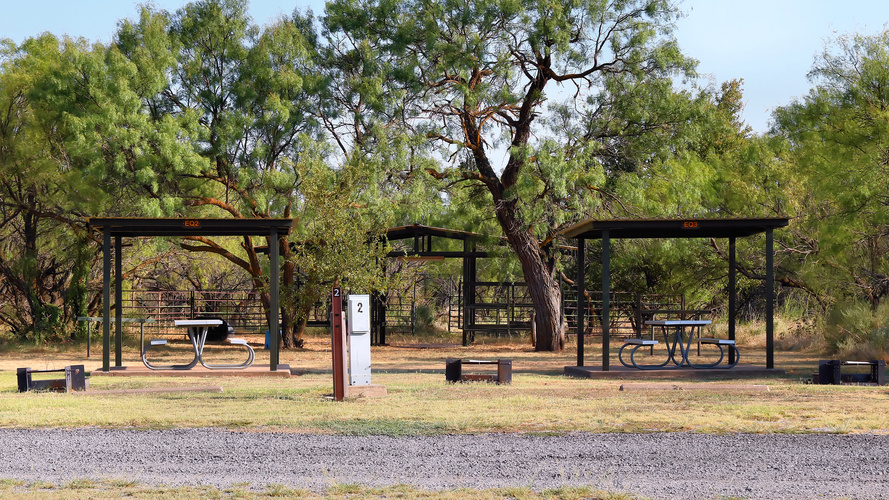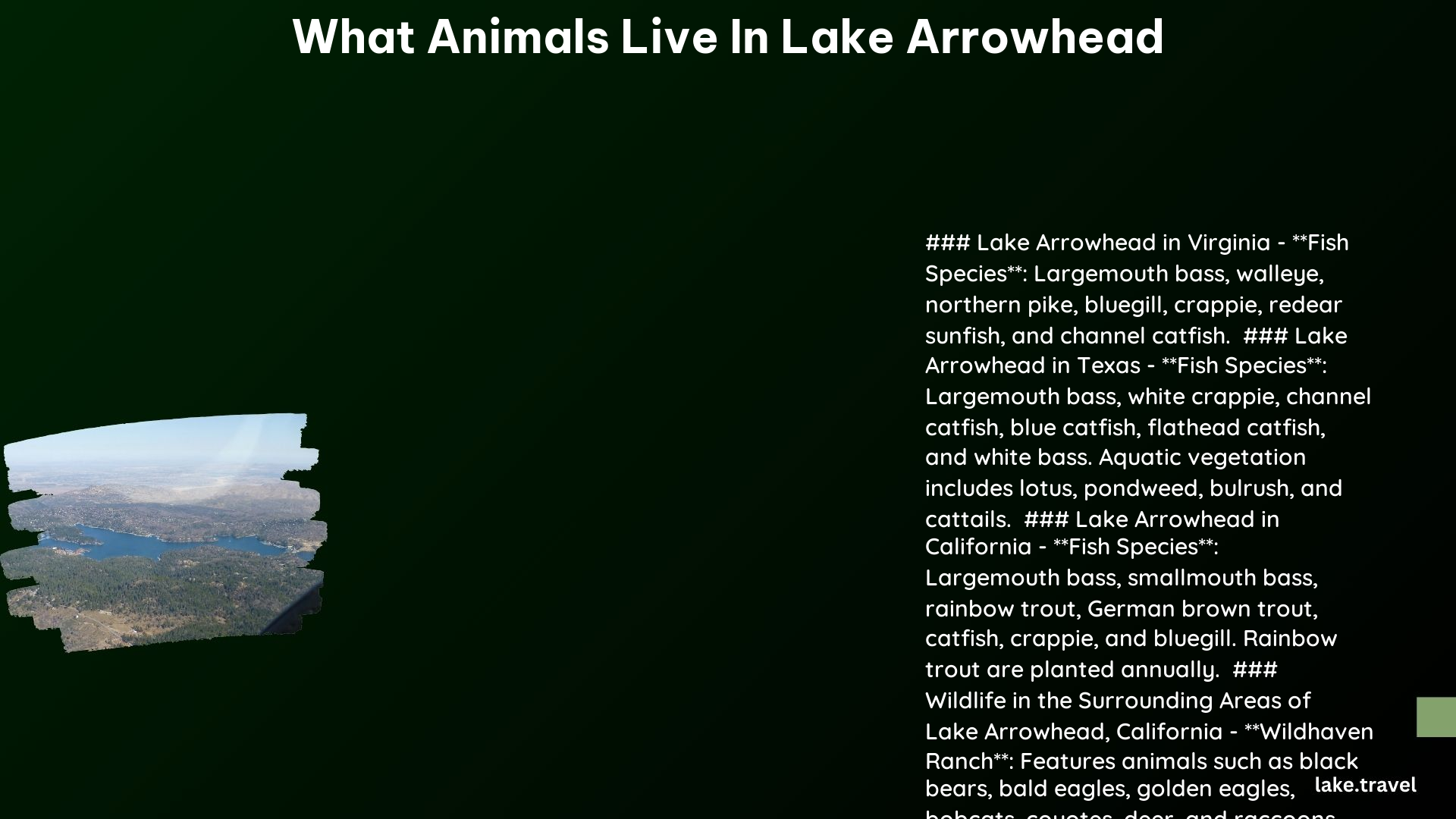Lake Arrowhead, located in California’s San Bernardino Mountains, is home to a diverse array of wildlife. The area’s ecosystem supports various mammals, birds, reptiles, and amphibians. From black bears and mule deer to bald eagles and woodpeckers, the region offers a rich habitat for numerous species. This article explores the different animals that inhabit Lake Arrowhead and its surrounding forests, providing insights into their behavior, habitats, and conservation efforts.
What Mammals Can Be Found in Lake Arrowhead?

Lake Arrowhead’s forested areas and mountainous terrain provide an ideal habitat for several mammal species:
- Black Bears
- California Mule Deer
- Coyotes
- Grey Foxes
- Raccoons
- Squirrels (Douglas and California ground squirrels)
- Chipmunks
These mammals have adapted to the region’s climate and vegetation. Black bears, while not commonly seen near populated areas, occasionally venture into the Lake Arrowhead region. California Mule Deer are more frequently spotted, especially in less developed areas.
Which Bird Species Call Lake Arrowhead Home?

The avian population in Lake Arrowhead is diverse and includes both year-round residents and migratory species:
- Steller’s Jay
- California Scrub Jay
- Various duck species
- Woodpeckers (Acorn and Pileated)
- Bald Eagles (occasional sightings)
Birdwatching enthusiasts can enjoy observing these species throughout the year, with spring being particularly active during breeding seasons.
What Reptiles and Amphibians Inhabit the Lake Arrowhead Area?
While specific data on reptiles and amphibians in Lake Arrowhead is limited, the region’s habitat supports various species:
| Reptiles | Amphibians |
|---|---|
| Gopher Snake | Pacific Chorus Frog |
| King Snake | Other frog species |
| Rattlesnakes | |
| Western Fence Lizard | |
| Side-blotched Lizard |
These cold-blooded creatures are more active during the warmer months, making summer an ideal time for observation.
How Does the Habitat Influence Animal Distribution in Lake Arrowhead?
Lake Arrowhead’s ecosystem is characterized by:
- Pine forests (Coulter Pine and Big Cone Pine)
- California black oak and maple-leaved oak
- Wildflowers and shrubs (salvia, sedum, cone flower)
This diverse habitat supports a wide range of animal species, providing food, shelter, and breeding grounds. The lake itself attracts various waterfowl and fish species, while the surrounding forests house mammals and birds.
What Conservation Efforts Protect Lake Arrowhead’s Wildlife?
Several initiatives aim to preserve the natural habitat and wildlife of Lake Arrowhead:
- Protected private land owned by the Arrowhead Lake Company
- Designated wildlife viewing areas along State Highway 38
- Nature reserves like the Sand to Snow National Monument
- Heaps Peak Arboretum for education and preservation
These efforts help maintain biodiversity and provide opportunities for wildlife observation and education.
Where Can Visitors Observe Wildlife in Lake Arrowhead?
Several locations offer excellent wildlife viewing opportunities:
- State Highway 38: Designated viewing areas in Mountain Home Village, Forest Falls, and Angelus Oaks
- Sand to Snow National Monument: Diverse environments and wildlife corridors
- Wildhaven Ranch: Educational tours focusing on wildlife protection (reservations required)
- Heaps Peak Arboretum: Nature walk featuring various plants, trees, and small animals
- Willow Creek Jeep Trail: Off-roading opportunity for wilderness exploration
How Do Seasonal Changes Affect Animal Activity in Lake Arrowhead?
Animal activity in Lake Arrowhead varies throughout the year:
- Spring: Peak birdwatching season due to breeding activities
- Summer: Increased reptile and amphibian activity; good for mammal observation
- Fall: Ideal for nature walks and observing wildlife preparing for winter
- Winter: Some bird species migrate, but larger mammals like deer and bears remain active
Understanding these seasonal patterns can enhance wildlife viewing experiences for visitors.
What Precautions Should Visitors Take When Observing Wildlife in Lake Arrowhead?
When observing wildlife in Lake Arrowhead, visitors should:
- Maintain a safe distance from animals
- Avoid feeding wildlife
- Stay on designated trails
- Use binoculars for better viewing without disturbing animals
- Follow local guidelines and regulations
- Properly dispose of trash to prevent attracting animals to human areas
- Be aware of potential encounters with larger mammals like bears
By following these precautions, visitors can enjoy wildlife observation while minimizing their impact on the ecosystem.
References:
1. WorldAtlas – Lake Arrowhead, California
2. Serenity Lodge – Lake Arrowhead Nature Reserves
3. Arrowhead Lake Association – Fishing and Wildlife
